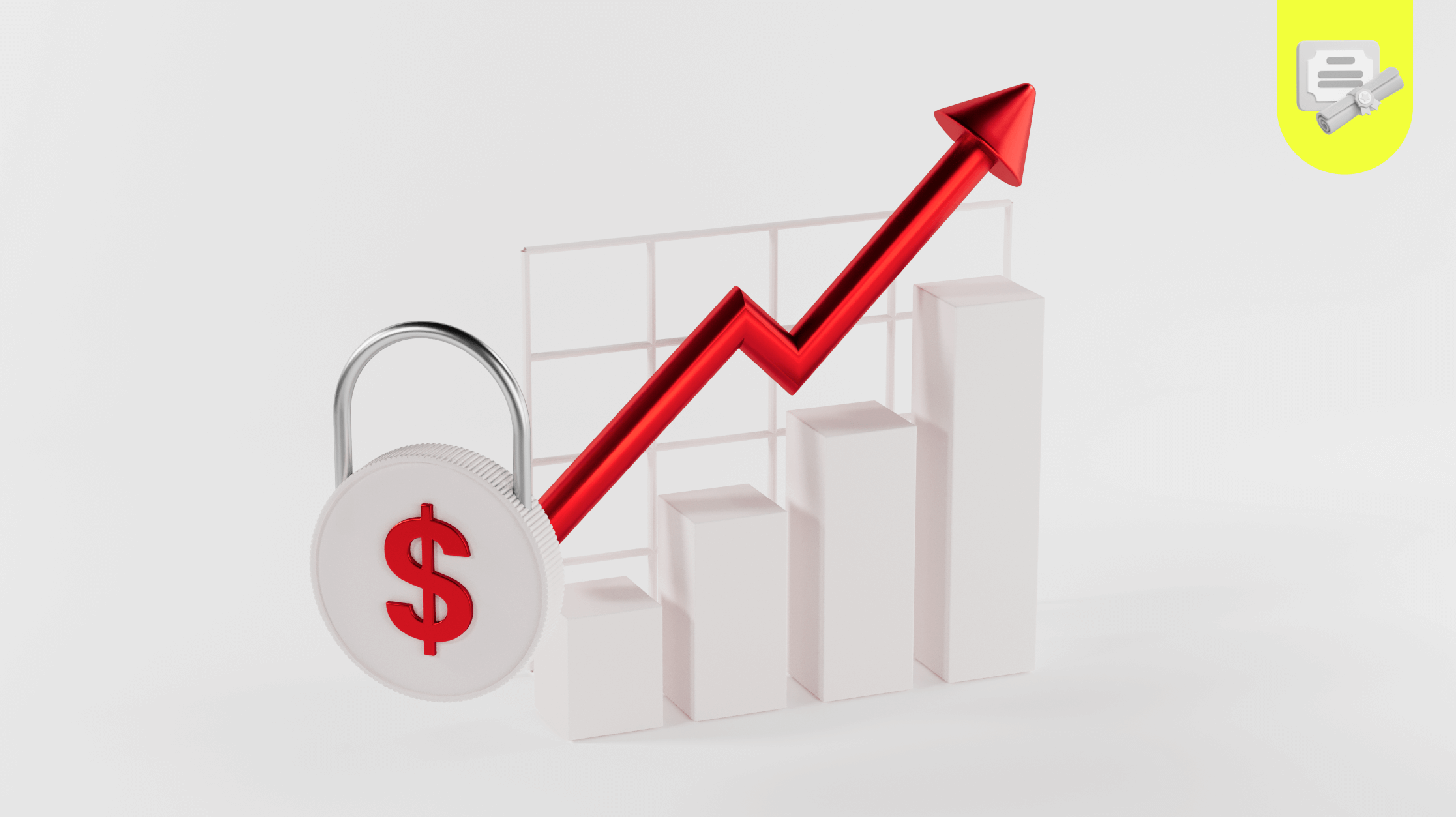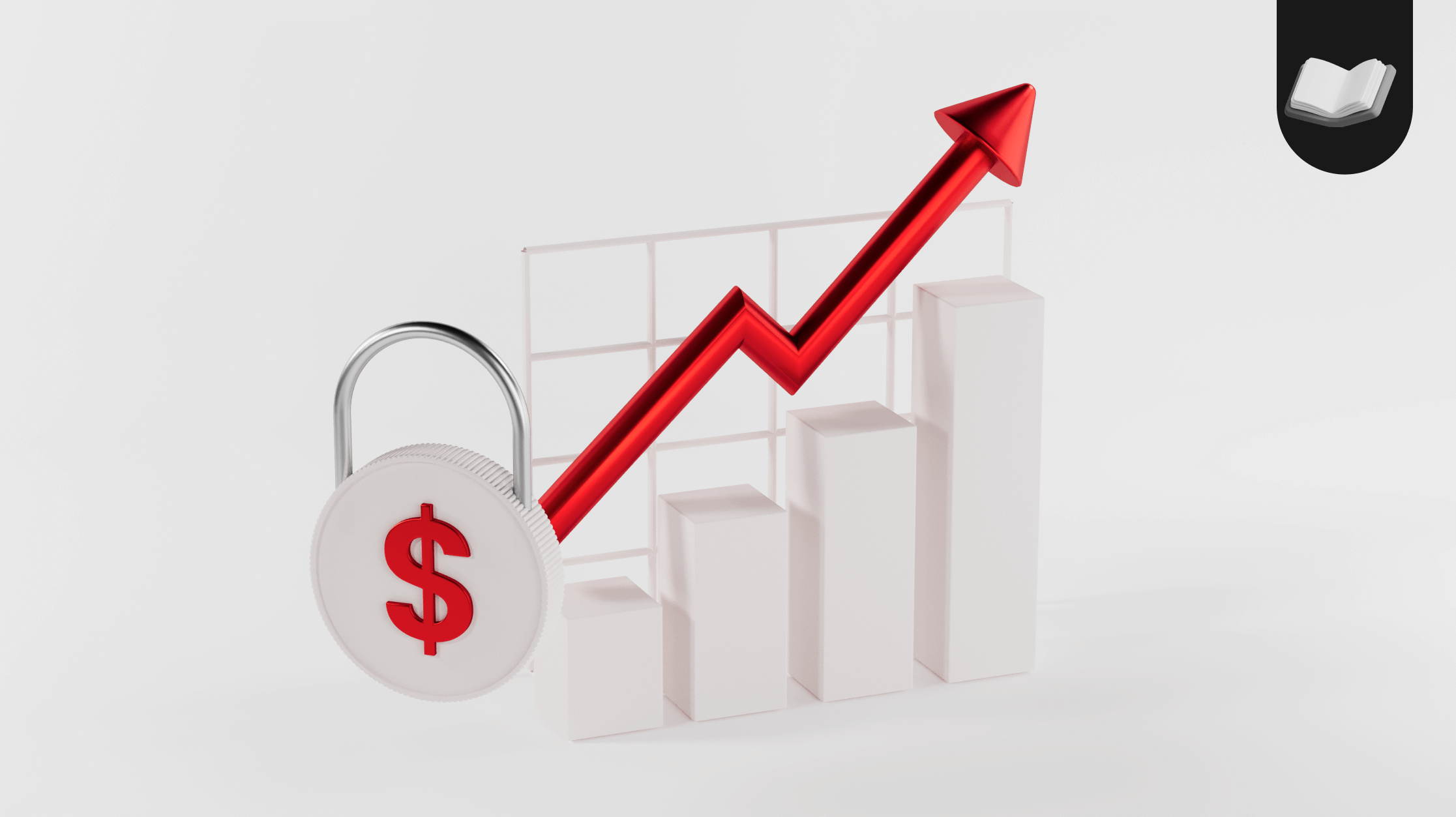Reading the Stock Indices Market: From Fundamentals to Strategy

If you’ve already grasped the basics of index trading, it’s time to go deeper.
This guide is for traders who want more than just definitions. It’s built for those ready to analyze, anticipate, and act on what’s really moving the stock indices, whether it’s the S&P 500, DAX, Nasdaq, or Nikkei.
You’ll learn how to connect fundamentals with technicals, use intermarket relationships to confirm your trades, and build strategic setups rooted in market context.
Let’s take your index trading to the next level.
Table of contents:
Using the Economic Calendar Like a Pro
Linking Fundamentals to Index Momentum
Combining Fundamentals with Technicals
Reading Intermarket Signals
Tools Every Index Trader Needs
Strategy: The Post-News Reversal Setup
Psychology of Index Trading
Key Takeaways
Using the Economic Calendar Like a Pro
Economic calendars aren’t just for forex traders, they’re essential for index traders too.
This section shows you how to use it to prepare for market-moving events and avoid getting caught off guard.
How to Use It:
Focus on Red Flags: Prioritize high-impact events like U.S. inflation data, central bank meetings, and job reports.
Know the Forecast: Markets often react more to the difference between actual data and expectations than the number itself.
Watch the Follow-Through: Sometimes the market spikes, then reverses. Knowing what’s “priced in” matters.
Example:
If U.S. CPI comes in hot, the S&P 500 might dip, especially if traders expect the Fed to stay hawkish. But if the index quickly recovers, it might signal that the selloff was overdone.
In the next section, you will learn how to link fundamental news to price action.
Linking Fundamentals to Index Momentum
Economic data doesn’t matter unless you can connect it to price.
This section helps you build that bridge—how fundamental narratives shape broad market sentiment and index trends.
Scenario | Likely Impact on Indices |
CPI rises faster than expected | Bearish for tech-heavy indices |
Fed pauses rate hikes | Bullish for risk assets like Nasdaq |
Strong earnings across sectors | Bullish for S&P 500 |
Global slowdown fears rise | Bullish for safe-haven plays, bearish for cyclicals |
If inflation is sticky and rates stay high, expect pressure on growth stocks. If rate cuts are hinted, expect the S&P and Nasdaq to rip.
Now let’s have a look at technical analysis and what it is.
Technical Analysis: Charting the Move
Fundamentals explain the why, technicals explain the when.
Once you have a directional bias from the macro picture, you need to look at charts to decide where and when to act.
Key tools for index traders:
Support & Resistance: Mark price zones on daily or 4H charts where major moves have reversed.
Moving Averages: The 50 and 200 EMAs help define trend direction and key dynamic support levels.
Chart Patterns: Flags, triangles, and head-and-shoulders can signal breakouts or failures.
Candlestick Signals: Rejection wicks, engulfing patterns, or inside bars at major levels often mark key turning points.
A clean chart tells a clearer story. Now, let’s take that macro awareness and apply it to your chart. This is where fundamentals meet execution.
Combining Fundamentals with Technicals
Smart traders don’t just follow headlines or charts, they read both.
This section shows how to align fundamental elements with technical setups to build high-probability trades.
Scenario 1: Fed Signal + Breakout
Imagine the Fed hints at pausing rate hikes. The Nasdaq starts consolidating under resistance. A few sessions later, it breaks out with volume. That’s confluence: macro catalyst + clean technical breakout = setup.
Scenario 2: Recession Fears + Trend Shift
Say the U.S. posts weak consumer data and forward guidance drops. The Dow, already in a downtrend, retests a broken support zone and fails. A bearish engulfing candle appears. You now have confirmation that macro and chart agree.
This is how you move from reaction to strategy.
Next, let’s explore another layer of analysis, looking outside the chart and reading what other markets are doing.
Reading Intermarket Signals
Stock indices don’t live in a bubble. They’re part of a larger system.
This section helps you spot patterns and risks by watching related markets.
Key Intermarket Correlations:
Indices vs. Bonds: Rising bond yields often pressure equities, especially growth stocks.
Indices vs. USD: A stronger dollar can weigh on U.S. multinationals and global indices.
Indices vs. Commodities: Falling oil may hurt energy-heavy indices like the Dow, while rising metals could signal inflation pressures.
Indices vs. VIX: When volatility rises, indices tend to fall, watch the fear gauge.
By understanding these connections, you can spot when a move is valid, or when it might be a trap.
Now let’s talk tools. Because having the right data and structure is half the battle.
Tools Every Index Trader Needs
This section walks through the essential toolkit that helps intermediate traders stay sharp, prepared, and ahead of the curve.
Must-Have Tools:
Economic Calendar: Plan around Fed meetings, CPI data, and NFPs.
News Feed: Track real-time developments from reliable sources.
Charting Software: Use MT5 or TradingView that D Prime provides for price action clarity.
Volatility Trackers: Monitor the VIX and bond yields for sentiment clues.
Trade Journal: Log your reasoning, outcomes, and emotional patterns.
"Consistency comes from structure. Structure comes from having the right tools."
Now, let’s apply everything in a strategy you can actually use.
Strategy: The Post-News Reversal Setup
This strategy leverages high-impact news and fading sentiment.
Setup:
A major economic event (like a Fed surprise or poor jobs report) hits. Indices spike in one direction.
Instead of chasing it, you let price pull back to a key level, support/resistance or a moving average.
Once a reversal signal prints, a pin bar or engulfing candle, you consider an entry. Stop-loss goes beyond the invalidation level. Target a clean zone for 2:1 or better risk-to-reward.
Example:
S&P 500 jumps 80 points on a CPI miss but fades back to support at 4,500. A hammer candle forms. That’s your signal.
You’re not reacting, you’re positioning. That’s the difference.
Now that you’ve got strategy and structure, let’s shift the lens to something traders often forget: the mental game.
Psychology of Index Trading
Even pros lose when they lose control of their emotions.
This section helps you sharpen your mental edge and trade like a strategist, not a gambler.
Key Psychological Principles:
Detach From the Outcome: One trade won’t make or break your career.
Avoid the News Spiral: Don’t trade every headline. Filter what's important.
Stay Objective: Charts don’t care about your opinion.
Log Your Mindset: Track emotional triggers just like trade entries.
Discipline isn’t just about charts, it’s about staying out when you’re not clear, and executing only when your system says so.
Want more? Read our free Trading Psychology eBook.
Key Takeaways
Stock index trading at the intermediate level is all about context.
Know what’s moving the market. Read the macro. Time your entry. Align with structure. And stay grounded.
This is where insight turns into strategy and strategy into results.
Ready to advance your trading?
Trade with confidence on D Prime, your platform for precision, speed, and easy access to global stock indices.
Disclaimer
This information contained in this blog is for general reference only and is not intended as investment advice, a recommendation, an offer, or an invitation to buy or sell any financial instruments. It does not consider any specific recipient’s investment objectives or financial situation. Past performance references are not reliable indicators of future performance. D Prime and its affiliates make no representations or warranties about the accuracy or completeness of the information provided and accept no liability for any losses or damages resulting from its use or from any investments made based on it.
Do not rely on the above content to replace your independent judgment. You should consider the appropriateness of this information having regard to your personal circumstances before making any investment decisions. The market is risky, and investments should be made with caution.

